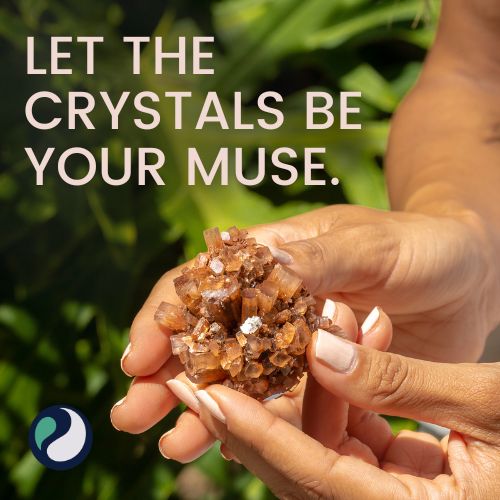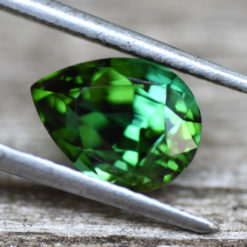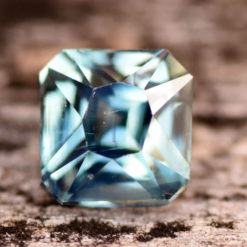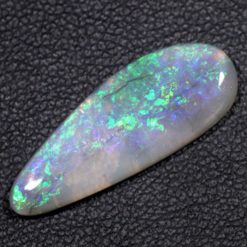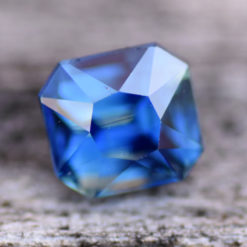No products in the cart.
Gemstone Information
What Is Cubic Zirconia? 7 Things You Need To Know Before Buying
Are you engagement ring shopping? Perhaps you want a new glitzy piece to add to your jewelry box? Whatever you’re shopping for, you’ve likely come across an assortment of colorless jewels, including diamonds, moissanite, and cubic zirconia. How will you choose? In this article, we’re spilling all the details about cubic zirconia.
Many prefer diamonds, but if you’re looking for some sparkle on a dime, you may want to consider this alternative. Of course, nothing compares to the real deal, but there are benefits to buying cubic zirconia, so long as you know it’s a synthetic stone.
You’ve got questions and we’ve got answers. Here are 7 things you need to know before purchasing.
First up? Let’s get clear on exactly what is cubic zirconia.
1. What Is Cubic Zirconia?
Unlike natural gemstones, like diamonds, this is an entirely human-made stone. That means that its value, composition, and price vary drastically from authentic gemstones. At first glance, this diamond-alternative looks similar to real diamonds. However, their chemical composition is entirely different.
Cubic zirconia is a human-made gemstone that looks like a diamond but is made in a lab with the synthetic mineral, zirconium dioxide. These synthetic gemstones are often used as a diamond substitute because they are much less expensive than real diamonds.
So, is cubic zirconia fake? Answering that question is a little tricky.
2. Is Cubic Zirconia Real?
Technically, it’s not exactly fake because it’s made from real zirconium dioxide. The perplexing part is that some sellers will market them as diamonds, when in fact, they aren’t at all. In this context, they’d be considered a fake diamond.
However, the material isn’t entirely fake, it’s simply not a real diamond.
Although sparse amounts exist in nature, the majority are created in a laboratory. While they look like a real diamond, they are not to be confused with lab-grown diamonds, which contain the same chemical carbon atom as real diamonds.
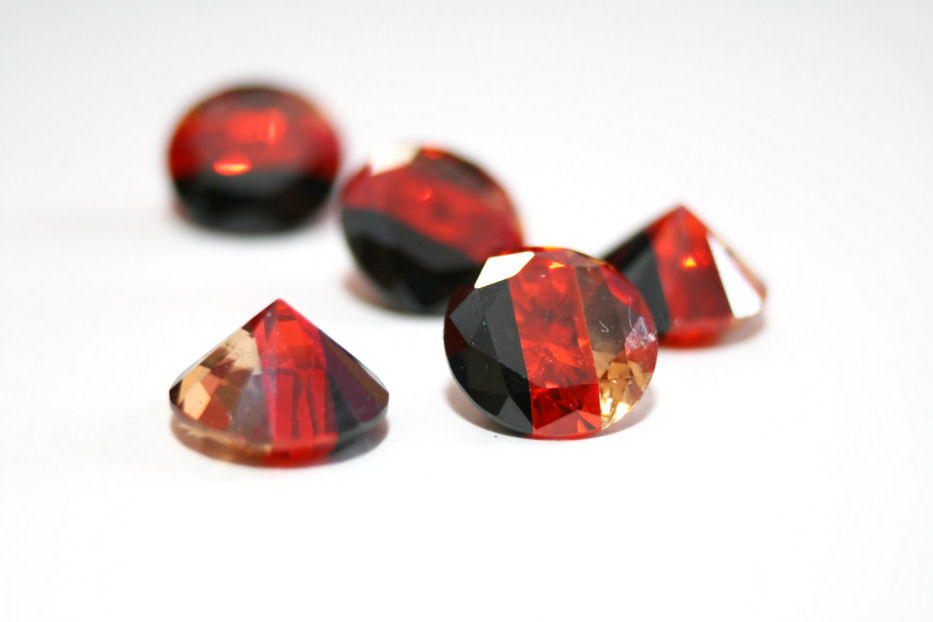
3. What Is It Made Of?
We mentioned that cubic zirconia is made from zirconium dioxide, but what is that? It’s a white crystal-like mineral substance made from the oxygen compound, zirconium. The mineral itself exists abundantly in nature and is widely used for industrial abrasives and dental products.
However, it doesn’t formulate a carbon seed in the natural way that a diamond does. Instead, lab technicians melt powdered zirconium and dioxide to form a diamond-like stone.
4. Is Cubic Zirconia Good Quality?
While synthetic, it’s a durable stone, which is why many people prefer it for their engagement rings. Still, in comparison to a diamond, they aren’t as hard.
Diamonds are the hardest gemstone that exists, making them an optimal choice for daily wear. However, cubic zirconia ranks at 8 on the Mohs scale for hardness. While not technically as hard as a diamond, they still hold up well to impact.
Considering their affordable price point, they are a good quality alternative, synthetic gemstone. Of course, when compared to diamonds, they really don’t hold the same value or prestige.
5. Which is Better: Cubic Zirconia Vs. Diamond?
Is cubic zirconia better than diamonds? That’s a relative choice, however, most would say no. There’s simply no substitute for the real thing, and diamonds are 100% natural. That said, it really depends on your priorities.
If you’re looking for an affordable, beautiful stone, a synthetic might be a great choice. This is particularly true if you want a backup engagement ring for traveling or working. You can pretty much wear it in jewelry every day without having to worry about tarnishing or damaging it. That said, they will begin to show wear and tear after a few years.
Most people’s first choice for their engagement ring is a brilliant, real diamond. But if you’re looking for an affordable alternative, CZ might be the option for you!
6. What is Cubic Zirconia Worth?
As you might imagine, the value of cubic zirconia is reflective of its low price point. Affordability is the primary reason why buyers purchase this synthetic. It’s not a significant investment, which means it won’t hold the same value as a diamond.
Remember that cubic zirconia is a synthetic stone. They are lab-created, which means they are widely available in the jewelry marketplace. It’s not hard to pick up a one-carat synthetic in a variety of cuts and styles for a low price.
That’s great news for buyers, but don’t expect it to hold any resale value. If you choose to purchase this synthetic stone, it’s important to consider that it won’t be worth much. That said, if you absolutely adore your stone and plan to wear it forever, then resale shouldn’t play a role in your purchase.
7. How Much Does Cubic Zirconia Cost?
Cubic zirconia is much less expensive than diamonds. For example:
- A 1-carat round cubic zirconia ring costs as little as $20.00
- For the same cut and shape of a real diamond, you may pay on average between $1500-3800.
As you can see, the prices aren’t even in the same ballpark. The primary intrigue of buying a CZ engagement ring is that you can get a much larger stone for a fraction of the price.
If you have a $1500 budget for a center stone, you could find a beautiful 1-carat diamond. Or, if you want something larger, you can grab a 3-5 carat CZ alternative.
While it’s much more affordable, the synthetic gem really doesn’t hold any value whatsoever. Still, it can be a fashionable accessory or stand-in for those days when you don’t want to risk damaging your authentic diamond.
Let’s Recap
- Cubic zirconia is a human-made, synthetic gem created in a lab
- The synthetic is not a real diamond, but an alternative
- It’s relatively durable
- It’s an affordable synthetic but holds no resale value


